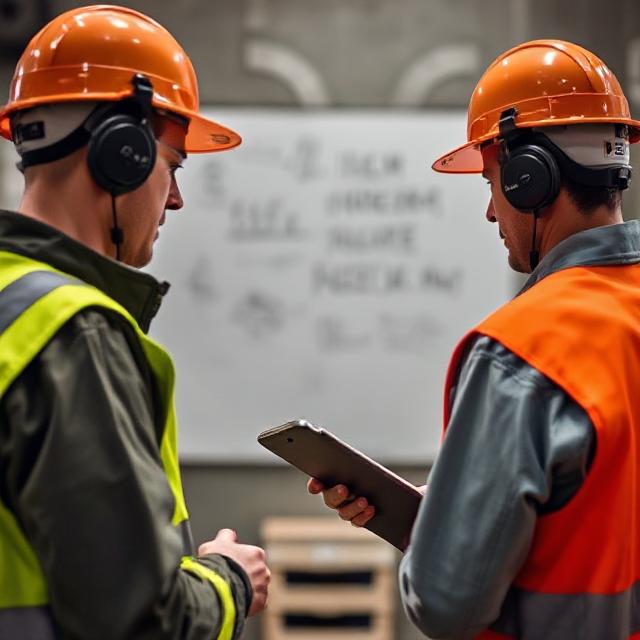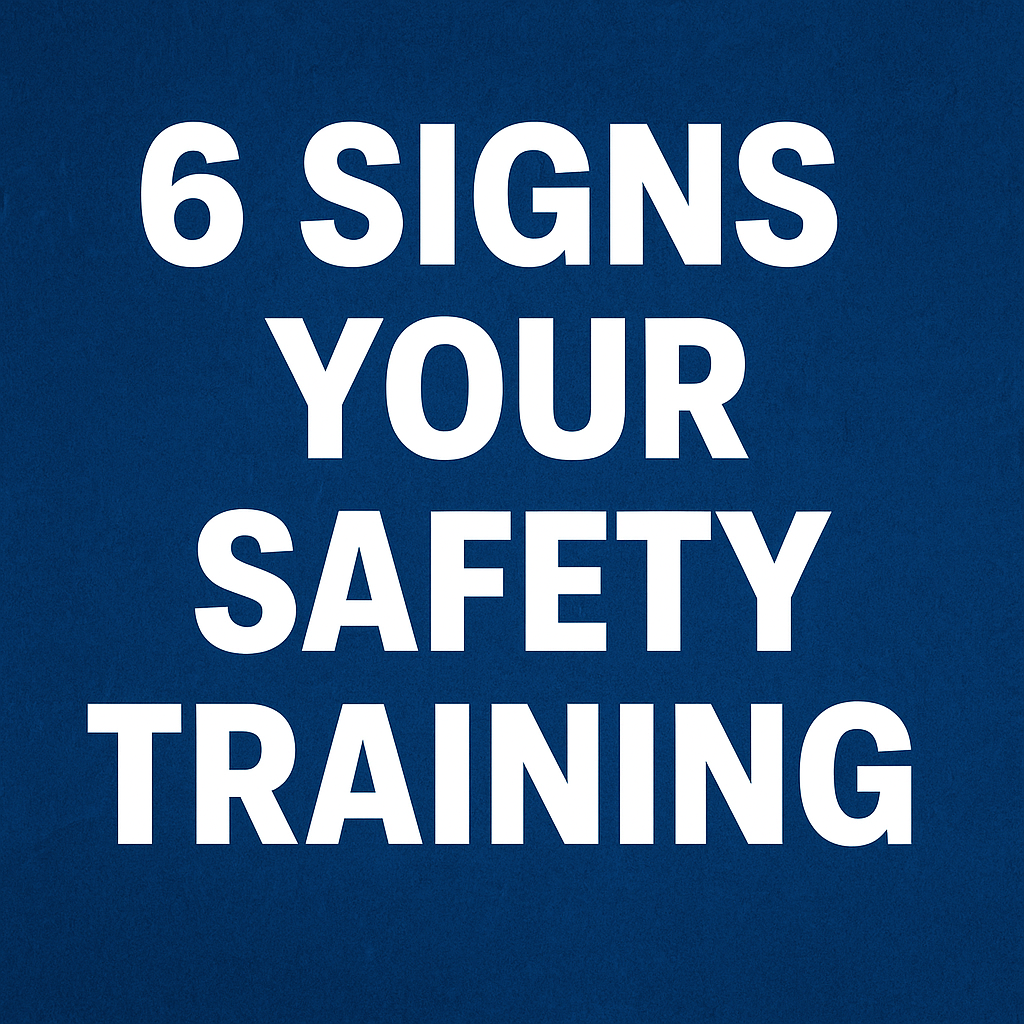Signs Your Safety Training is Outdated : Safety training is the backbone of workplace health and safety. But just because your team attended a session last year doesn’t mean they’re ready to face today’s risks. Regulations evolve, equipment changes, and new hazards emerge.

If your safety program hasn’t been refreshed recently, it could be putting your workers — and your business — at risk.
In this article, we’ll explore 6 clear signs your safety training is outdated and share practical steps to bring it up to modern OHSE standards.
- 1. Your Training Materials Reference Old Regulations
- 2. It’s Been Over a Year Since the Last Session
- 3. The Training Doesn’t Include New Hazards
- 4. Workers Can’t Remember the Procedures
- 5. There’s a Rise in Near-Misses or Minor Incidents
- 6. The Content Doesn’t Use Modern Learning Methods
- Why Updating Safety Training Matters
- Final Thoughts
Signs Your Safety Training is Outdated
1. Your Training Materials Reference Old Regulations
If your manuals or slides still mention legislation that was updated years ago, that’s a red flag.
For example, Canadian OHSE regulations and OSHA standards in the U.S. undergo regular updates to reflect new hazards and best practices. Outdated legal references mean your training may no longer meet compliance requirements.
Fix it: Regularly review and update your safety materials against the latest government and industry standards.
You can check the Canadian Centre for Occupational Health and Safety (CCOHS) or OSHA websites for updates.

2. It’s Been Over a Year Since the Last Session
Safety isn’t a “one and done” subject. Workers forget, conditions change, and refresher courses are essential.
If your last training session was more than a year ago, there’s a strong chance important safety protocols have faded from memory.
Fix it: Schedule annual training refreshers and shorter quarterly toolbox talks to keep safety top-of-mind.
3. The Training Doesn’t Include New Hazards
Has your workplace introduced new machinery, materials, or processes? If so, your safety training needs to cover them.
For instance, if your warehouse recently started using lithium-ion batteries for forklifts, your team should know how to handle charging, fire risks, and disposal.
Fix it: Update your safety program whenever new hazards are introduced — don’t wait until the annual review.
4. Workers Can’t Remember the Procedures
Ask employees how to respond to a chemical spill or operate a fire extinguisher. If they hesitate or answer incorrectly, it’s a clear sign the training hasn’t stuck. Poor retention can lead to dangerous mistakes in emergencies.

Fix it: Incorporate hands-on training, scenario-based exercises, and quizzes to reinforce learning.
5. There’s a Rise in Near-Misses or Minor Incidents
An increase in near-miss reports or minor injuries can often be traced back to gaps in safety knowledge. Even if no one has been seriously injured yet, it’s a warning sign your training needs a refresh.
Fix it: Use incident reports to identify weak areas in your training and target them in upcoming sessions.
6. The Content Doesn’t Use Modern Learning Methods
If your training is still delivered as a long lecture with faded PowerPoint slides, it’s likely not engaging your workforce.
Modern employees respond better to interactive modules, videos, virtual reality simulations, and mobile learning tools.
Fix it: Invest in updated training formats that appeal to different learning styles, including visual, auditory, and kinesthetic methods.
Why Updating Safety Training Matters
- Compliance: Avoid fines and legal issues.
- Retention: Workers remember procedures better with modern training methods.
- Culture: Shows employees safety is a genuine priority.
- Incident Reduction: Fewer accidents mean reduced downtime and costs.

Final Thoughts
If you notice any of these 6 signs your safety training is outdated, it’s time to act. An outdated program can quietly increase your workplace risks and put your compliance at stake.
By refreshing content, adopting modern methods, and addressing new hazards, you’ll not only meet OHSE standards but also protect your greatest asset — your people.


No comments yet